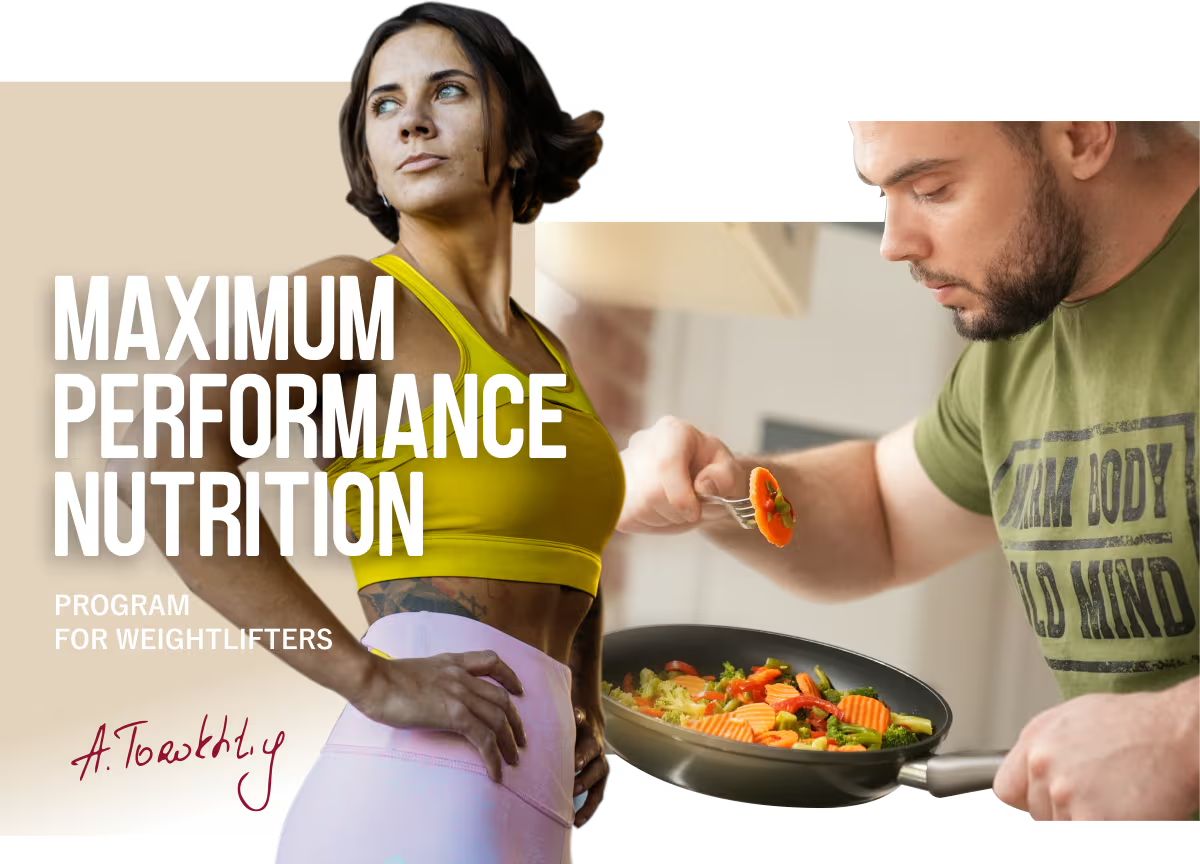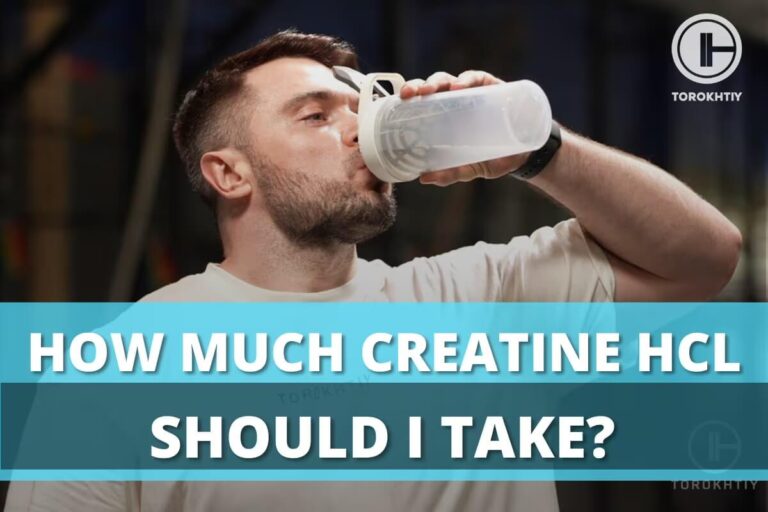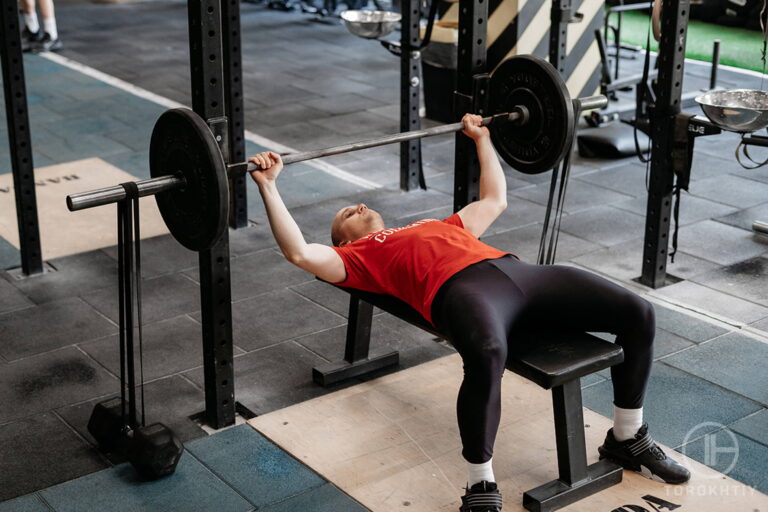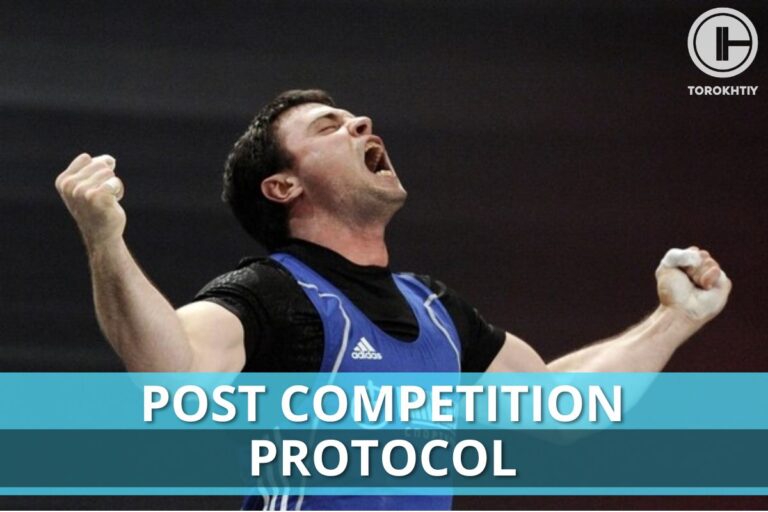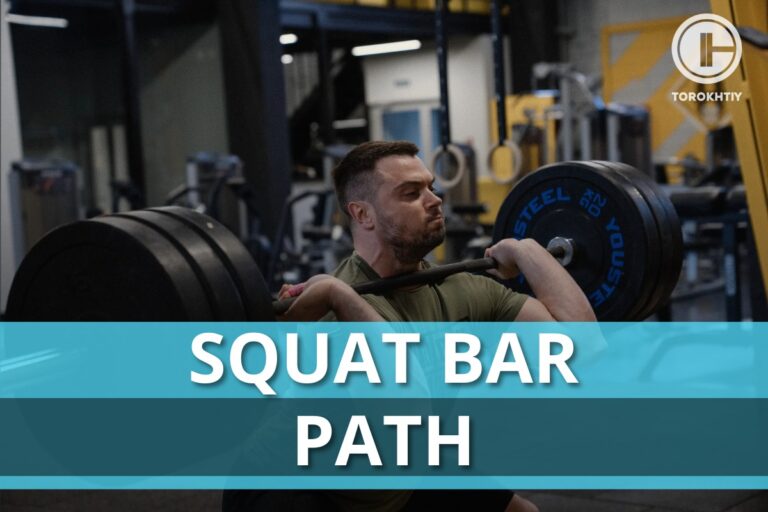How much salt does a weightlifter need?
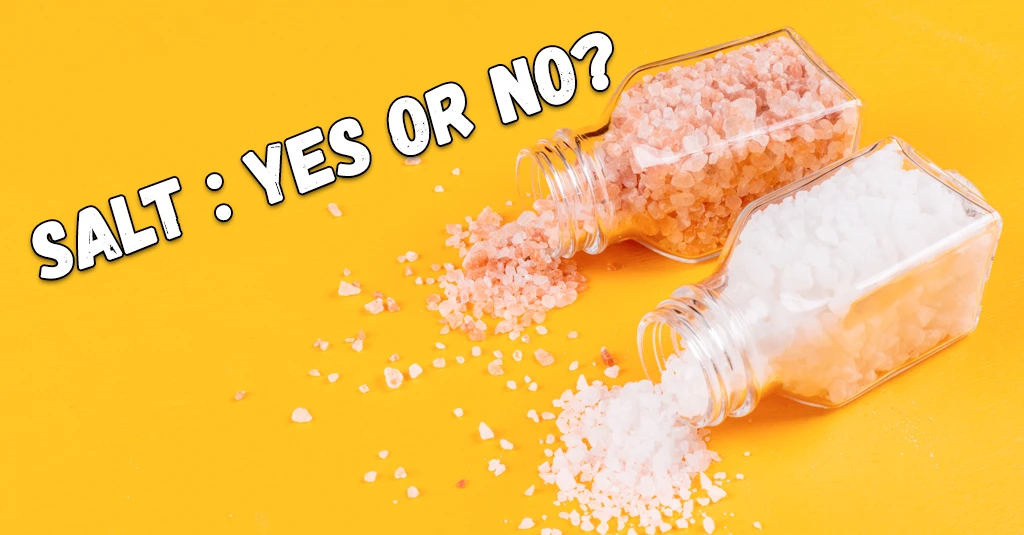
Why do we need salt?
Table salt contains important electrolyte minerals – sodium and chloride. Experts write that sodium and chloride play an essential role in support of many vital processes.
Sodium and chloride functions:
– To conduct nerve impulses which is necessary for muscle contraction;
– To maintain the fluid and electrolytes balance in the body;
– To regulate the blood volume and pressure;
– Absorption of sodium in the small intestine is important for the assimilation of amino acids, glucose and water;
– Chloride is a significant component of stomach acid that helps to digest nutrients.
All the aforementioned functions play a key role in maintaining normal vital functions and high achievements in sport.
Many people really exceed the necessary salt amount but it doesn’t change the fact that sodium is one of the essential minerals for our body.
How much salt does a weightlifter need?
It is hard to give a general recommendation as we all live in different climates: temperature and humidity greatly impact fluid and electrolyte loss from sweating. Everyone has his own workout frequency, duration and intensity. While one has sedentary work the other is involved in hard physical labor besides his workout routine. Even the way we sweat is also diverse as we lose different amounts of electrolytes during this process. Everything is very individual.
Recommended daily value of salt for an average adult is less than 2300 mg of sodium. Such quantity is contained in one teaspoon – 5,8 g of table salt. The requirement for sodium chloride may greatly increase according to the climate and physical loads. The higher the temperature and air humidity, the harder and longer we train, the bigger is the demand for sodium.
There is such a thing as hyponatremia. It is related to continuous physical loads when the concentration of sodium in blood plasma falls below 130-135 mmol/L. Hyponatremia may occur in athletes that participate in endurance contests that last for several hours. Such as marathons, triathlon, cycle races, long-distance swimming, functional fitness. Hyponatremia risk factors are excessive fluid consumption prior to the physical load and more than 4 hours physical load duration.
Luckily, weightlifters are rather safe from hyponatremia as our workouts are not so continuous and we do not sweat as much. On the other hand, if you live in a hot and humid climate and experience heavy sweating during your workouts you should listen to yourself and your sensations. Whenever a headache, nausea, dizziness, confusion, sleepiness, abnormal fatigue, muscle weakness and cramps occur you should visit a healthcare specialist. The fact that you need to increase salt consumption is not out of the question.

The things you need to know about sodium sources in your nutrition
About 75% of sodium consumption in the USA comes as salt that is added during the processing or production of groceries, not the salt that we add during cooking.
The main sodium sources in food:
– Any processed food, including fast-food, processed meat, potato chips, hot dogs, pizzas and others;
– Food from cafes and restaurants;
– Cheeses, especially the saltiest ones;
– Bread;
– Soups;
– Table salt.
Whole food (fruits, vegetables, whole grains, eggs, fish and seafood, unsalted nuts, sunflower seeds and so on) contains little sodium. You are definitely won’t have sodium abuse if you stick to our nutrition plan where there is no place for processed or salty food products. You can relax about that.
The importance of sodium\potassium ratio
Excessive salt consumption worries all the world. Most of the researches are focused on the negative impact of sodium on blood pressure. But everything is not that simple.
The sensitiveness to the sodium effect may vary in different people. While one experiences a big surge of blood pressure after the intake of 1500 mg of sodium, another one consumes up to 2 times more (3000 mg) and feels great. As usual, our genetics – that’s what plays a key role here.
The balance between sodium and potassium in the modern world is broken. Potassium is an electrolyte that produces the reverse effect on blood pressure. Not only does potassium consumption help to reduce blood pressure but also reduces sensitivity to the sodium effect and helps to remove its surplus.
What I want to say is that the sodium to potassium ratio may be more crucial than the separate amounts of these electrolytes. That’s why just limiting salt consumption is not enough, while eating a lot of food products rich in potassium provides a good synergistic effect. This way you can significantly reduce blood pressure, increase your wellbeing and workout performance.
I shall remind of foodstuffs richest in potassium – fruit (especially bananas and dried fruits), vegetables (spinach, broccoli, pumpkin, tomatoes), legumes (lentils and beans) and potatoes. Salmon, chicken, milk and yogurts also contain a fair amount of this mineral.
🔻Maximum Performance Nutrition Program
Unlock your maximum potential with our Maximum Performance Nutrition Program. Tailored for weightlifters, this program offers serving-based diet planning, no food weighing required.
Perfectly complement your training for efficiency, body composition, competition prep, and weight class adjustments. Optimize performance, carbs, meal timing, and supplements.
Weightlifting Meal Plan Details:
- Easy step-by-step instructions;
- Serving control basis with no food weighing;
- Calorie intake is calculated for body mass;
- Adapts to your training schedule;
- Detailed guidance on progress tracking;
- Meal timing and serving sizes master tools;
- One-time payment for unlimited access.
Level up your game today!
Conclusion and general recommendations
We need salt, but not as much we commonly consume. Sodium is actively involved in the conduction of nerve impulses in skeletal muscles which makes us able to lift heavy weights.
If your occupation doesn’t require physical labor besides workout activity and you don’t perform long-distance running, there is no point in exceeding the recommended value of potassium for an average person.
Just put a little salt on the tip of a teaspoon for each of your meal intakes to avoid going over the limit of sodium consumption. Remember not to abuse the processed food. And don’t forget about the potassium, eat more vegetables, pulses, fruit and dairy products.
If you are involved in hard physical work combined with strength workouts, or if you sweat much the quantity of salt consumption should be increased. Also if you are into some endurance sport the same can be applied. Listen to yourself and stay healthy!
Why Trust Us?
With over 20 years in Olympic Weightlifting, our team does its best to provide the audience with ultimate support and meet the needs and requirements of advanced athletes and professional lifters, as well as people who strive to open new opportunities and develop their physical capabilities with us.
By trusting the recommendations of our certified experts in coaching, nutrition, dietology, and sports training programming, as well as scientific consultants, and physiotherapists, we provide you with thorough, well-considered, and scientifically proven content. All the information given in the articles concerning workout programming, separate exercises, and athletic performance, in general, is based on verified data. We ensure that you can rely on our professionals’ pieces of advice and recommendations that can be treated as personalized ones which will benefit you and fully meet your needs.
The product testing process is described in more detail here
Author: Sergii Putsov
Head of Sport Science, PhD
Best Results: Snatch – 165 kg,
C&J – 200 kg
Sergii Putsov, Ph.D., is a former professional weightlifter and National team member, achieving multiple medals in the 94 kg weight category at national competitions. With a Master’s degree in “Olympic & Professional Sport Training” and a Sport Science Ph.D. from the International Olympic Academy, Greece, Sergii now leads as the Head of Sport Science. He specializes in designing training programs, writing insightful blog articles, providing live commentary at international weightlifting events, and conducting educational seminars worldwide alongside Olympic weightlifting expert Oleksiy Torokhtiy.

